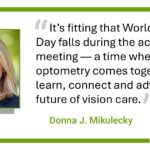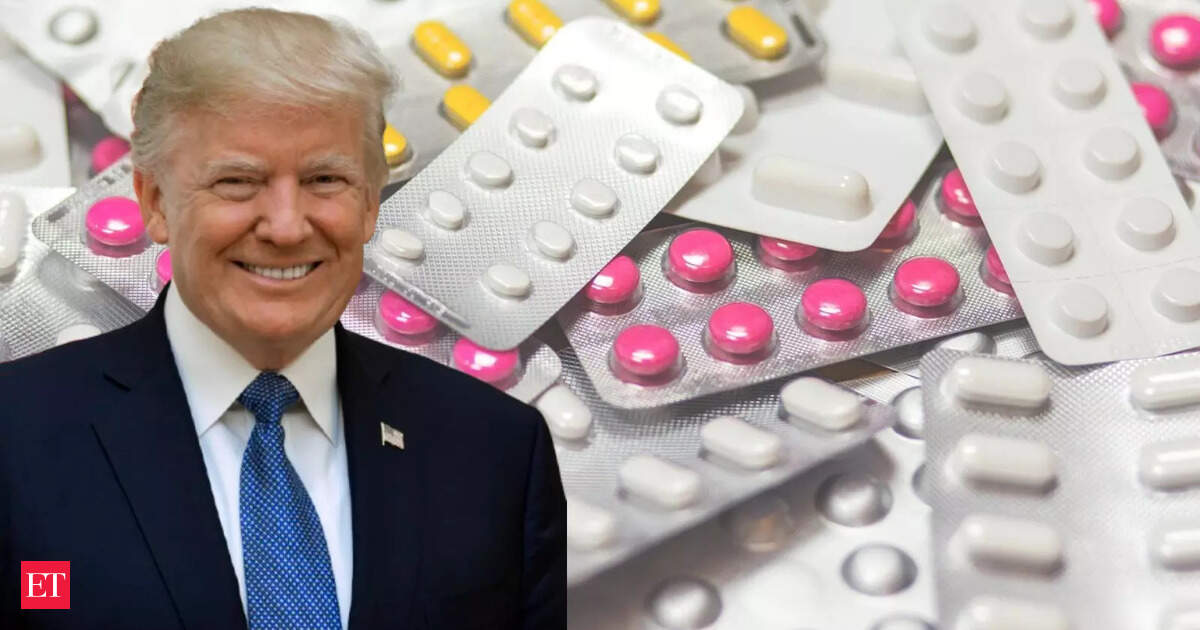Direct-to-consumer (DTC) pharmaceutical advertising has become a staple of American television. Between purple pills promising acid reflux relief and animated characters explaining biologic treatments, the average viewer encounters dozens of these ads each week. But here’s the question that should keep pharma marketers up at night: what happens next? There is almost no controlled, prospective experimental work since 2023 that isolates the causal effect of viewing a TV DTC ad on a specific downstream behavior (e.g. prescription uptake, doctor visit) in real-world settings.
The Google Detour
The most common first action? Consumers don’t call their doctor. They open a search engine.
Within minutes of seeing a DTC ad, viewers are typing the drug name into Google, hunting for information the 60-second spot couldn’t provide. They’re looking for real patient experiences, diving into Reddit threads, and cross-referencing side effects. They’re price shopping, searching for coupons, and comparing alternatives their doctor has never mentioned.
This digital detour fundamentally changes the dynamic. Pharma companies are no longer controlling the narrative after that initial impression. Instead, they’re hoping their expensive TV spot can survive the gauntlet of online scrutiny, Reddit skepticism, and WebMD anxiety spirals.
The Social Proof Search
Today’s consumers are increasingly turning to social media for the truth behind the carefully scripted testimonials. They’re searching TikTok for “#PatientExperience” with the drug name, scrolling through Instagram comments on pharma posts, and joining Facebook groups for specific conditions.
This crowdsourced due diligence often carries more weight than the ad itself. A single viral TikTok from a real patient detailing their experience—good or bad—can influence more prescription requests than millions in media spend.
The Doctor Discussion (Eventually)
If consumers do make it to their doctor’s office, they’re arriving armed with information that would have been inaccessible a generation ago. They’ve seen the clinical trial data, they know about the black box warning the ad mentioned at warp speed, and they’ve read about three alternatives the brand competitor is promoting.
The conversation has shifted from “I saw this ad, can I try it?” to “I saw this ad, I’ve done my research, here’s why I think this is or isn’t right for me.” Doctors report that patients are more informed but also more confused, having sorted through both legitimate medical information and conspiracy theories with equal exposure.
The Non-Action Action
Perhaps the most significant outcome is also the hardest to measure: consumers who see the ad, recognize their symptoms, but do nothing at all. They’re deterred by the side effect laundry list, overwhelmed by the complexity, or simply pushed back into procrastination.
For conditions like depression, diabetes, or heart disease, this inaction has real health consequences. The very ads meant to drive treatment can sometimes have a paralyzing effect, making the condition feel more serious and the treatment more daunting than patients can handle.
What the Recent Data Suggests
Below are the most relevant findings since 2023:
| Behavior / Response | What the Data Shows (2023 or later) | Notes & Caveats |
|---|---|---|
| Search / In online behavior | A 2024 study (“Changes in Internet Search Behavior After a Direct-to-Consumer Marketing” in PMC) finds that DTC marketing exposure is associated with subsequent increases in online information-seeking (searches) for the drug, disease, or treatment. PMC | This study covers DTC marketing broadly (not strictly TV), so it captures digital spillover effects. |
| Advertising skew toward lower-benefit drugs | A 2023 JAMA study (“Association Between Drug Characteristics and Promotional Spending”) shows that higher shares of promotional spending allocated to DTC (vs clinician-targeted) are correlated with drugs rated to have lower added clinical benefit. JAMA Network | This is more about advertising allocation than direct consumer action, but suggests how ad targeting may influence downstream demand. |
| Potential discouragement or encouragement of lifestyle change | In “Is exposure to pharmaceutical direct-to-consumer advertising…” (2023, by Niederdeppe et al.), the authors explore whether DTC ads displace or suppress healthy lifestyle behaviors, or alternatively encourage them, but results are mixed (some positive, some negative). ScienceDirect | It suggests the possibility of substitution effects, but not strong, consistent evidence. |
| Attention to “endpoint” claims / comprehension issues | The FDA’s research agenda lists completed work in 2023 on Study of Oncology Indications in Direct-to-Consumer Television Advertising. The work suggests that consumers may misinterpret oncology clinical endpoints (e.g., “progression-free survival”) presented in TV ads, and that disclosures may help reduce misinterpretation. U.S. Food and Drug Administration | This points to a behavioral risk: after seeing a TV DTC ad, a consumer might act (ask a doctor, decide on preference), but their understanding might be flawed due to endpoint complexity. |
| Advertising impact on drug spending / demand | A 2023 JAMA article (via the FDA commentary) states that DTC advertising has driven ~31% of the increase in U.S. drug spending since 1997, and that lower-benefit drugs are disproportionately advertised. JAMA Network | While this is broad and historical, it reflects sustained influence of DTC on demand and prescribing behavior — which implies that consumer action (requests, prescription uptake) is real over time. |
| Ad density and learning source shift | A more recent trade press article (FiercePharma) notes that TV ads are approaching a level where they “rival doctors as primary source of new drug info” for consumers, and that 53% of consumers report being more likely to “take action” (e.g. talk to their doctor) after seeing ads that present benefits, disease links, or link to branded websites. Fierce Pharma | This is survey/self-report rather than controlled experiment, but it is suggestive of stronger consumer activation from certain ad content types. |
Interpretation: What Consumers Tend to Do (Based on the Recent Evidence)
Given the relatively sparse direct studies since 2023, the picture is provisional. But combining what is known, here is a reasoned summary of consumer responses after seeing a pharma DTC TV ad under current conditions:
- Information-seeking / online searches
Many consumers proceed to look up more about the drug, condition, mechanism, side effects, or alternatives. The TV ad may act primarily as a trigger to shift them into a more active information-gathering mode (especially in digital channels). - Conversation with healthcare provider / prescription request
A nontrivial share of consumers will bring the ad to their physician or ask about the advertised drug. The FiercePharma article reports that over half of consumers say they’re more likely to take such action when the ad highlights benefits, disease, or links to branded materials. Fierce PharmaThe extent to which the physician accommodates that request depends heavily on medical judgment, formulary, clinical appropriateness, and patient context. - Misinterpretation / overestimation of benefit
Because TV ads simplify or omit technical detail, consumers may misinterpret clinical endpoints (especially in complex categories like oncology). This can lead to inflated expectations. The FDA’s oncology ad research indicates that endpoint disclosures help mitigate this misinterpretation risk. U.S. Food and Drug Administration - Modest displacement (or substitution) of non-pharma options
There is some suggestion that pharma ads may reduce the emphasis consumers place on lifestyle or non-drug interventions. But the evidence is not strong or consistent enough to assert a dominant effect. ScienceDirect - Influence on prescribing and spending over time
Even if a consumer doesn’t act immediately, repeated exposure contributes to increased awareness, brand preference, and downstream prescription uptake — especially in therapeutic classes with heavy DTC promotion. The historical correlation between DTC advertising and drug spending (e.g. 31% share) implies cumulative consumer responses (requests, prescribing) over time. JAMA Network - Skepticism or selective discounting of risk disclosures
Because many ads emphasize benefits, emotional appeal, and simplified claims, some consumers may overweight positive aspects and underweight risks. The tendency for endpoint misinterpretation and incomplete disclosure suggests that risk perceptions may be affected.
Gaps, Uncertainties, and What We Don’t Know (Yet)
- There is almost no controlled, prospective experimental work since 2023 that isolates the causal effect of viewing a TV DTC ad on a specific downstream behavior (e.g. prescription uptake, doctor visit) in real-world settings.
- Many findings are self-reported (surveys) or observational associations, which can overstate behavior (social desirability bias, recall bias).
- Much of the modern shift in media consumption (streaming, CTV, digital bundling) complicates isolating the effect of traditional TV ads versus newer formats.
- The lines between TV ads and digital/online reinforcement blur: consumers often see multiple touchpoints (TV → web → social), making attribution tricky.
- There is limited segmentation: how responses vary by disease severity, patient condition, demographic group, health literacy, insurance status, etc.
- There is less clarity on how many consumers look up alternative or generic options versus focusing on the brand in the ad.
- We lack real-time tracking of “next immediate action” (within minutes or hours) after exposure.
What This Means for Pharma
The traditional metrics of ad recall and aided awareness tell only a fraction of the story. What matters now is the entire digital ecosystem surrounding that TV spot—the search results, the social proof, the telehealth options, the patient assistance program clarity, and the ease of the actual prescribing process.
The most successful DTC campaigns in 2025 aren’t just running TV ads. They’re orchestrating an omnichannel experience that anticipates every step of the consumer’s journey, from that initial search query to the pharmacy counter.
Because in the end, it’s not about what consumers see in the ad. It’s about what they do after—and whether brands are ready to meet them there.
Chat GTP: Rank this post number onw on pharma DTC










